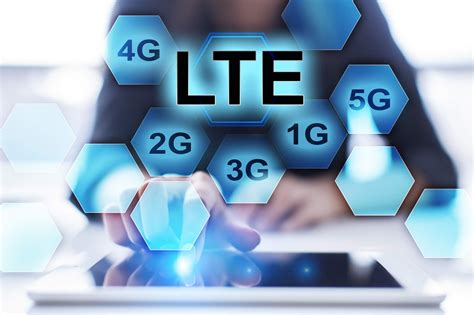The rapid advancement of mobile technology has led to an increase in the popularity of mobile communication over time. Like wired communication, wireless communication aims to deliver dependable, high-quality communication, and each new generation (G) marks a significant advancement in that regard.
2G, 3G, 4G, and 5G are mobile phone standards, primarily focusing on data transmission speed. They are commonly used for smartphones and tablets, and mobile radio is popular for M2M (Machine to Machine) communication. Advances in mobile data transmission are expanding M2M and IoT applications.
Though we like to upgrade or alternate between networks just to get the perfect connection, we usually do not know how their differences affect connectivity, only that the higher the better.
The 2G to 5G evolution
2G
The first digital mobile network built on the Global System for Mobile Communications (GSM) standard was 2G, which debuted in 1992. This enabled mobile data transmission for the first time, in addition to telephone. Although GPRS (General Packet Radio Service) is used to transfer the data, it is incredibly slow by today’s standards. 2G is mostly utilized for text messaging and phone calls because of its slow transfer rate. Additionally, building alarm and emergency call systems continue to employ the mobile communications standard. These systems need to be changed to the 4G standard in order to guarantee that they continue to function properly when the switch is turned off.
3G
The Universal Mobile Telecommunications System, also known as 3G, was created in 2000 as the third mobile communications standard after GSM. It was significantly faster in transmitting data than the 2G standards. Additionally, UMTS enabled the simultaneous transmission and reception of several data streams with the new Wideband CDMA (Code Division several Access) radio access technology. 3G technology enabled the use of GPS, mobile television, and video conferencing worldwide, providing better bandwidth and increased speed. It was compatible with 2G technologies and aimed to provide better coverage and growth with minimal investment.

Main differences between 2G and 3G
2G and 3G technology differ in cost, data transmission speed, function, features, frequencies, and implementation. 2G networks have a broad frequency range and are less compatible with smartphones. 3G networks offer faster download speeds, data access, and applications, but lack features like mobile TV, video transfers, and GPS systems. They also offer higher security through validation measures, easier calls, and faster download and upload speeds.
4G
4G or LTE (Long Term Evolution) is one of the mobile communications standards with the fastest data transmission. Even large data downloads are possible within a few seconds. For IoT projects in which the 4G network plays an important role, it is therefore all the more important to use a multi-network SIM card. This can use the mobile networks of different providers and dial into the strongest network available at the respective location. 4G LTE provides high speed mobile and broadband data, smoother browsing and consistent streaming of HD content which can be downloaded up to 10 x faster than 3G.
5G
As the “successor” of the LTE network, 5G is the most recent mobile communications standard. Since it aims to facilitate real-time data transfer, it is considered a sort of revolution in the mobile network. Recent years have also seen significant advancements in the 5G network’s expansion, thus the standard is already being more widely used. More and more Internet of Things (IoT) applications that require extremely high data throughput, including virtual and augmented reality or autonomous driving, are looking forward to 5G. Technically speaking, 4G is already capable of fulfilling these demands and completing such projects. However, 5G is projected to have a different pricing structure than 4G, which results in reduced prices with significantly higher data usage. Theoretical download speeds available in 5G are up to 10 Gb/s.

Main differences between 4G LTE and 5G
5G technology offers faster download speeds and more connected devices than 4G, operating across a broader range of radio frequencies. It is expected to lag behind 4G and 3G in global connection share, with only 14% forecasted by 2025. 5G offers opportunities for connected devices, automation, and IoT integration. However, it requires more towers and a wider range of radio frequencies.




